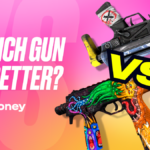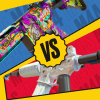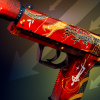The map Cobblestone dropped out of the competitive map pool in Counter-Strike: Global Offensive, what, two years ago? Three? No one’s really counting time since this horrible map was removed from the game. And before you unsheathe your arguments in favor of Cobblestone, here are five reasons why Cobblestone was a bad map from the CS.MONEY Blog.

Reason one: huge size

The original Cobblestone — and we’ll mainly talk about the map before the Halloween update — is an immense map, by Counter-Strike: Global Offensive standards. In terms of playable area size, it’s comparable to Nuke — and surpasses Overpass. But Nuke and Overpass are exciting competitive maps, which, in their current form, are balanced enough for intense competitive play.
Cobblestone, on the other hand, is not. It’s all about the layout. If you look at the old version of the map, the huge “fields” and corridors are immediately conspicuous. This makes the map feel large yet primitive. To bring it into perspective, the afore-mentioned map Overpass with similar size combines various distances much better, and the size of its bombsite is more appropriate as well.
As a result, players spent a lot of time moving in the old version of the map, which affected the overall impression of the game. And it’s not our imagination. If you look at the heatmaps of frags and deaths, it turns out that the Ts’ half of the map barely ever witnessed any duels. Back to the Overpass comparison: on this map, the spots of the first duel are much closer to the attack spawn, meaning that the teams engage each other much earlier.
Reason two: single site play
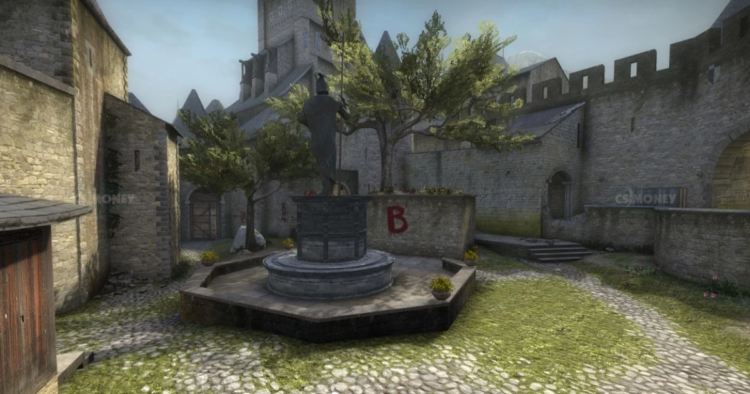
If the heatmap is still in front of you, there’s another feature you can notice right away: when you play Cobblestone, you’re essentially playing B Site, for CTs and Ts alike. Almost always, the main duels of the round take place at the drop and on long. Vertigo encountered pretty much the same problems, but with this map, the situation has significantly improved.
This style of play has one big downside: it’s unbearably boring to watch. When a team goes B in 12 out of 15 rounds and it’s always two players to the drop and two to long, the intrigue quickly falls victim to predictability and monotony.
Another issue exacerbates the previous one: Cobblestone’s B Site offers extremely few opportunities to throw utilities. Sure, some teams have invented some clever smokes and flashes, but for the most part, squads repeated the same tactics over and over again, hoping it would be different this time. Genuine madness.
Reason three: difficult retakes
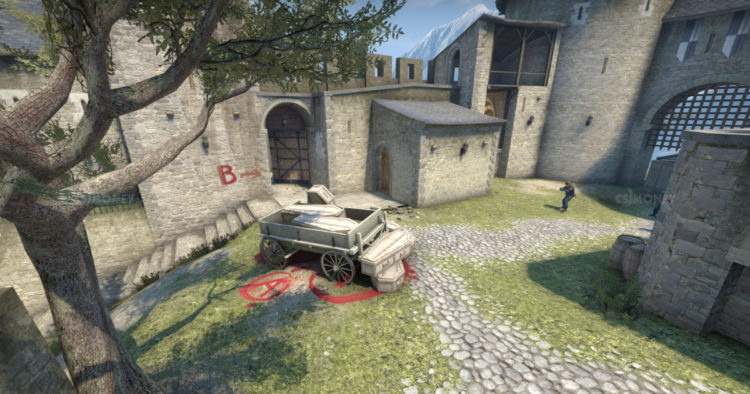
On Cobblestone, it’s hard to re-seize the initiative. The team that got the momentum first and controls the bombsite will most likely win. On the whole, this is a normal situation. It’s always easier to defend than to retake, and understandably so: it’s logical. The problem is different here: on Cobblestone, there are natural obstacles to retaking: the size of the map and the design of its elements.
If you haven’t seen the old version of the map, we’d like to remind you that the drop room was a one-way spot in it (among other things). It was impossible to get up in it without a boost. For comparison, imagine the pop dog on Train without the stairs! As a result, the team that intended to retake had very limited options. A similar difficulty is encountered, for example, by the CTs on Dust 2 when retaking B.
In sum, these three reasons render the gameplay on the map very specific. Note as well the fact that many teams used to encounter on Cobblestone relatively often, which only served to worsen the situation. Unfortunately, even regular tweaks failed to turn the map into a fantastic battlefield.
Reason four: appearance
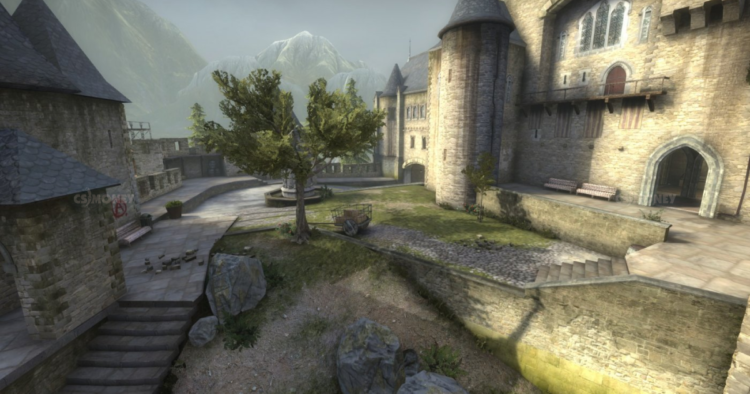
Cobblestone looks soporific. Literally. Sure, the map features a dragon mural and an armor set and those are badass details, but the map feels monotonous. Given that it’s a most interesting location, it becomes even more frustrating. Namely, the setting is a castle on a mountain in the middle of the woods. Only the ruins of Ancient lost in the jungle can boast an equally exotic location.
Regardless. The map looks unbelievably boring. Everywhere are stone walls and grass. And then there are rocks, a couple of statues, and wooden structures. Last but not least, we certainly can’t forget about the standard SWAT van at A site. All this “diversity” is abundantly flooded with dim lighting and not-particularly-contrasting locations. Perfect!
As a counter-example, we can cite the map Inferno after the remake. It features multicolored walls that assume the color-coding function, a variety of spots with tons of small and not-so-small elements, and other things that make the map visually richer.
Reason five: the map update sucks
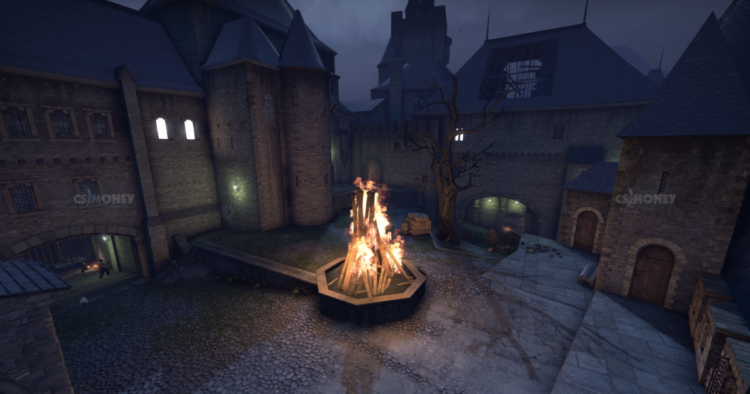
Cobblestone dropped in Counter-Strike: Global Offensive in 2013, along with Overpass. Since then, Valve has tweaked the location on multiple occasions. However, the changes mostly came down to reducing the map’s size. First, a big chunk of B site disappeared; then, they deleted the support beam in the drop room. The significant size reduction notwithstanding, the map didn’t change much.
The updated version was even smaller. They cut off a piece of the attack spawn and the associated passageway to B Site, changed the positions of a couple of objects — and that was pretty much it. Yes, the development team did some work on the bugs: they introduced the ability to pass through the drop in both directions. Besides, they removed the already mentioned chunk of the attack spawn, which had been dead weight. Nevertheless, it didn’t fix the global problems of the map.
Right now, Cobblestone doesn’t match up to any map in the competitive pool. It looks faded, fails to offer exciting gameplay, and the update didn’t really changed anything. Obviously, Valve has given up on the map and has no intention to bring it back into the map pool in case, for instance, Mirage gets in overhaul. And even though you can still find those who ask

